7740 Gould Avenue
Michigan Malleable Iron Company

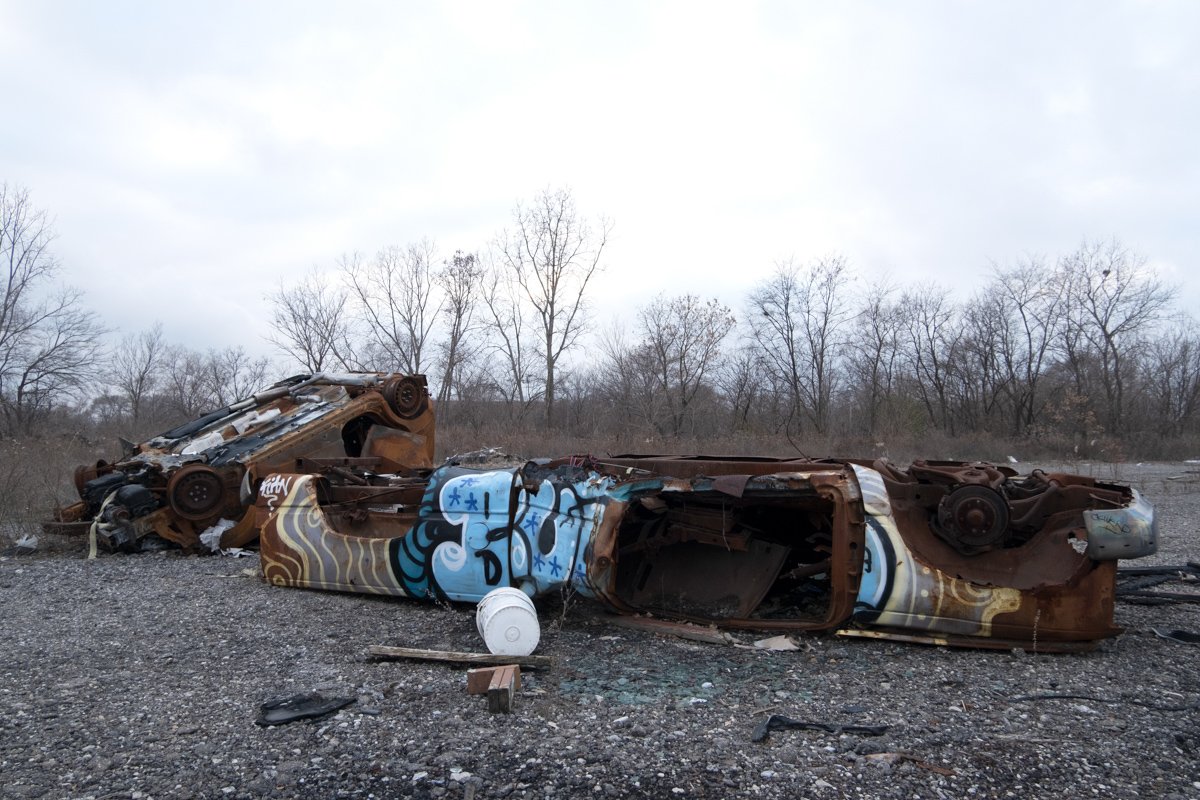
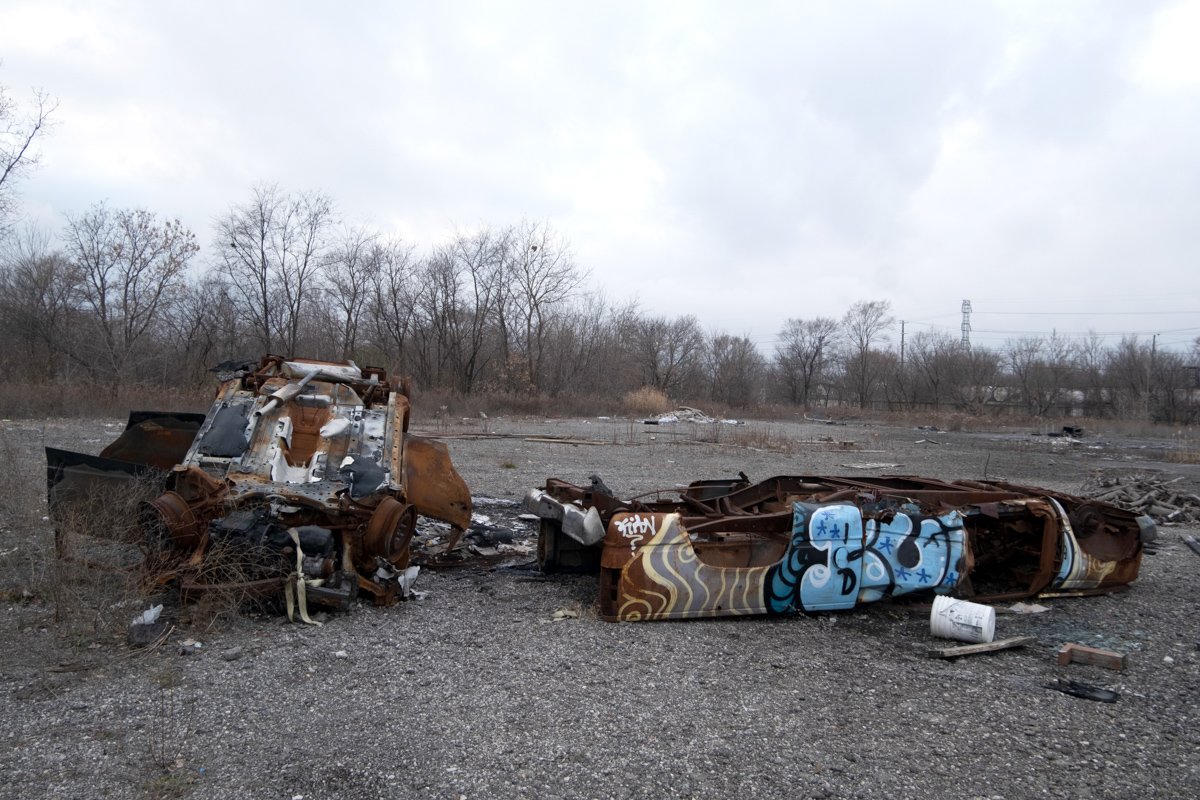

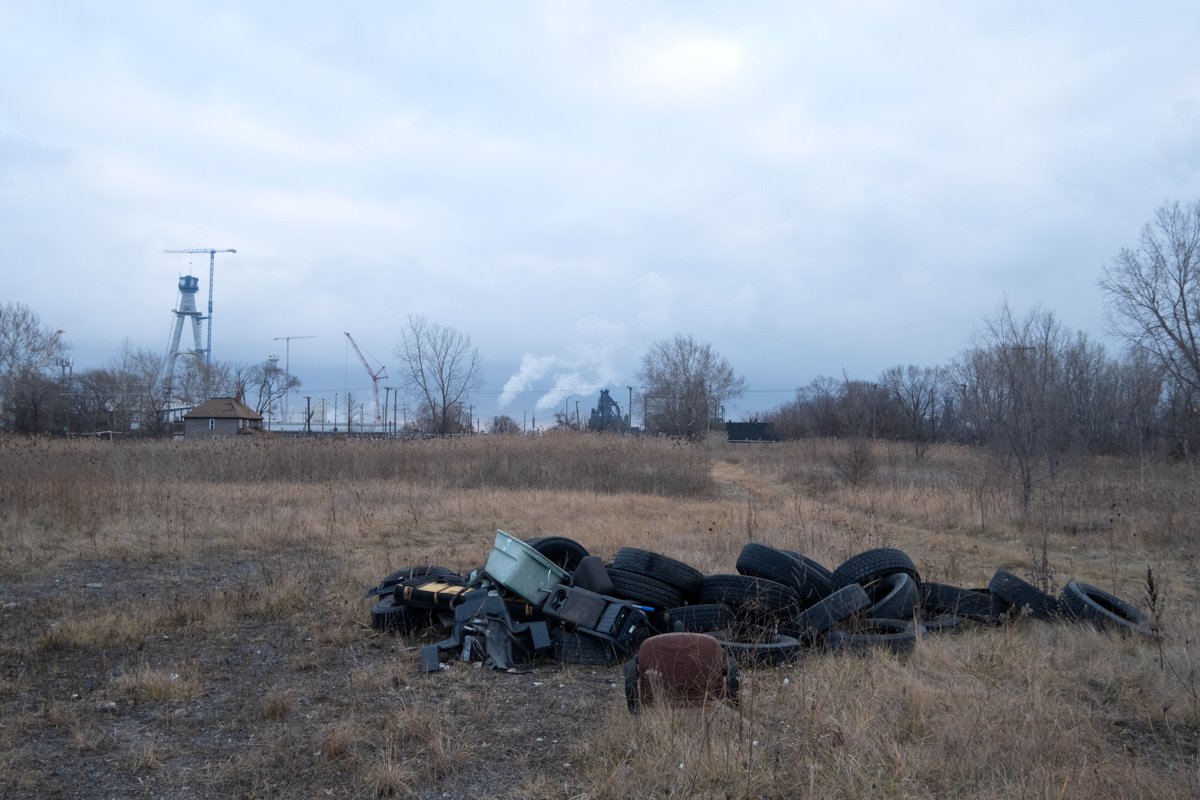
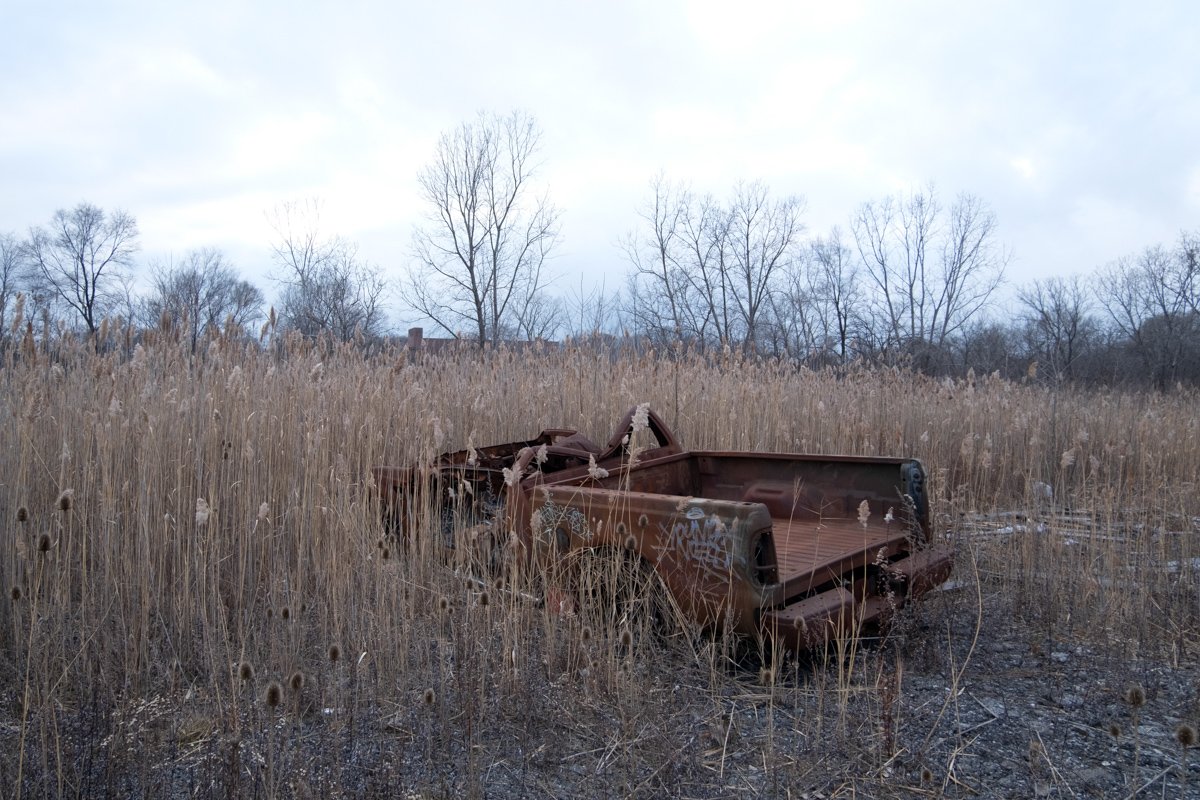
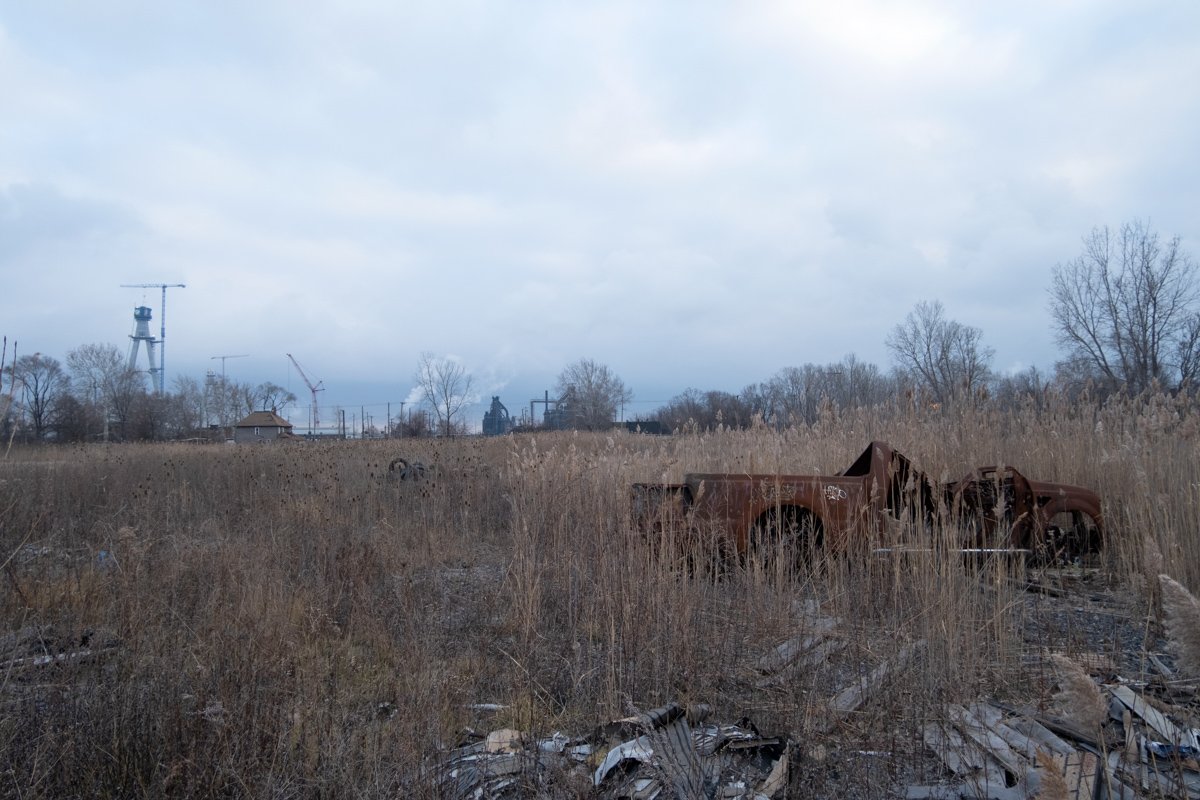



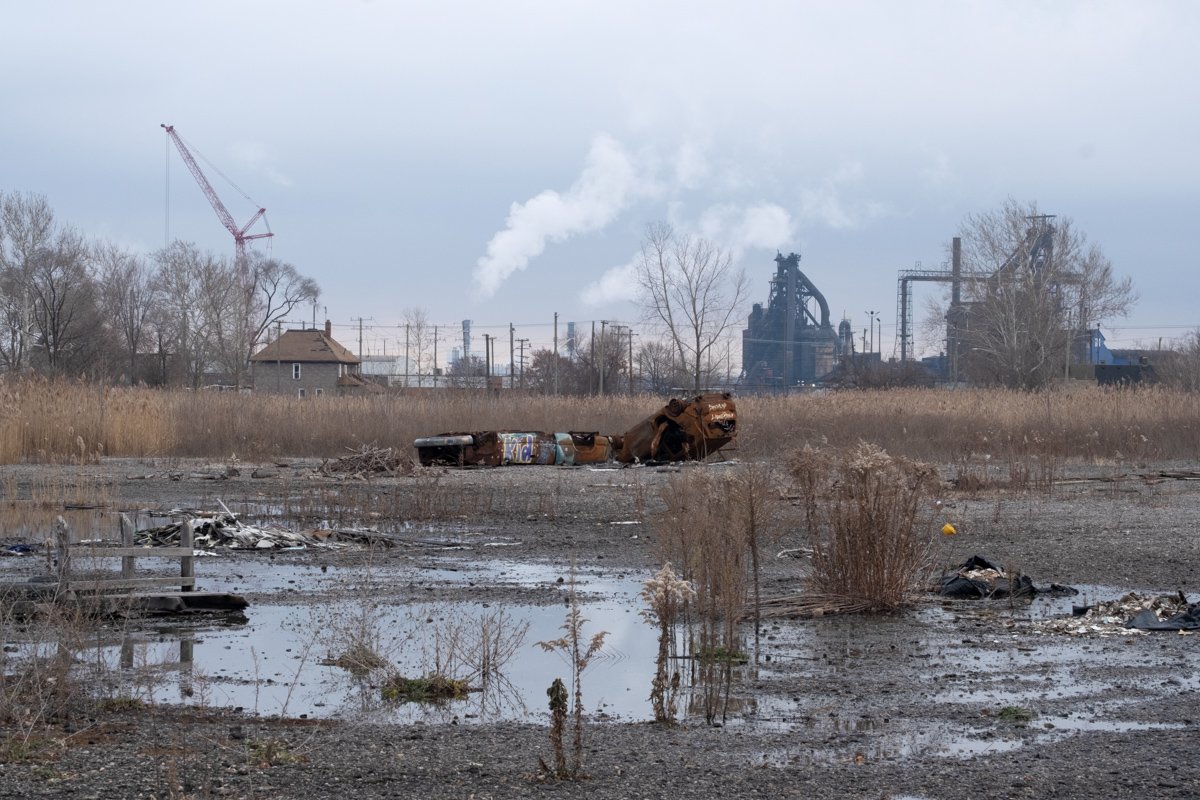
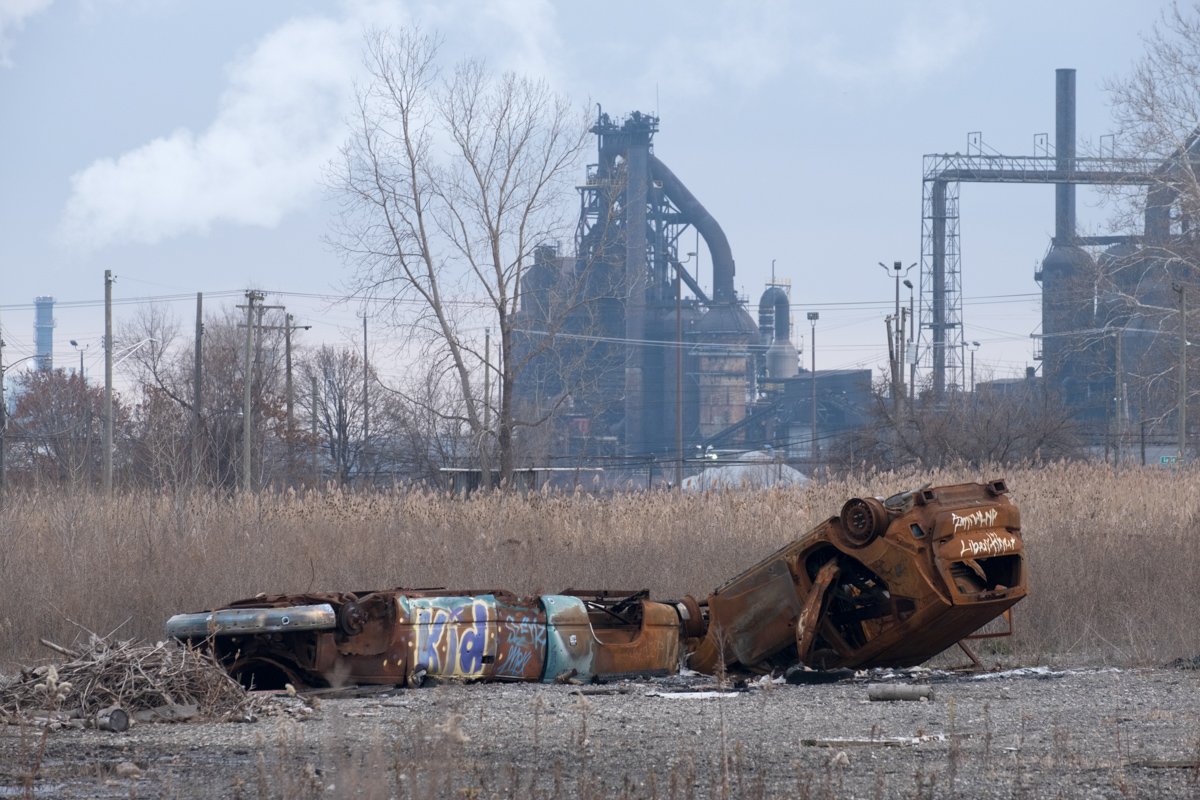
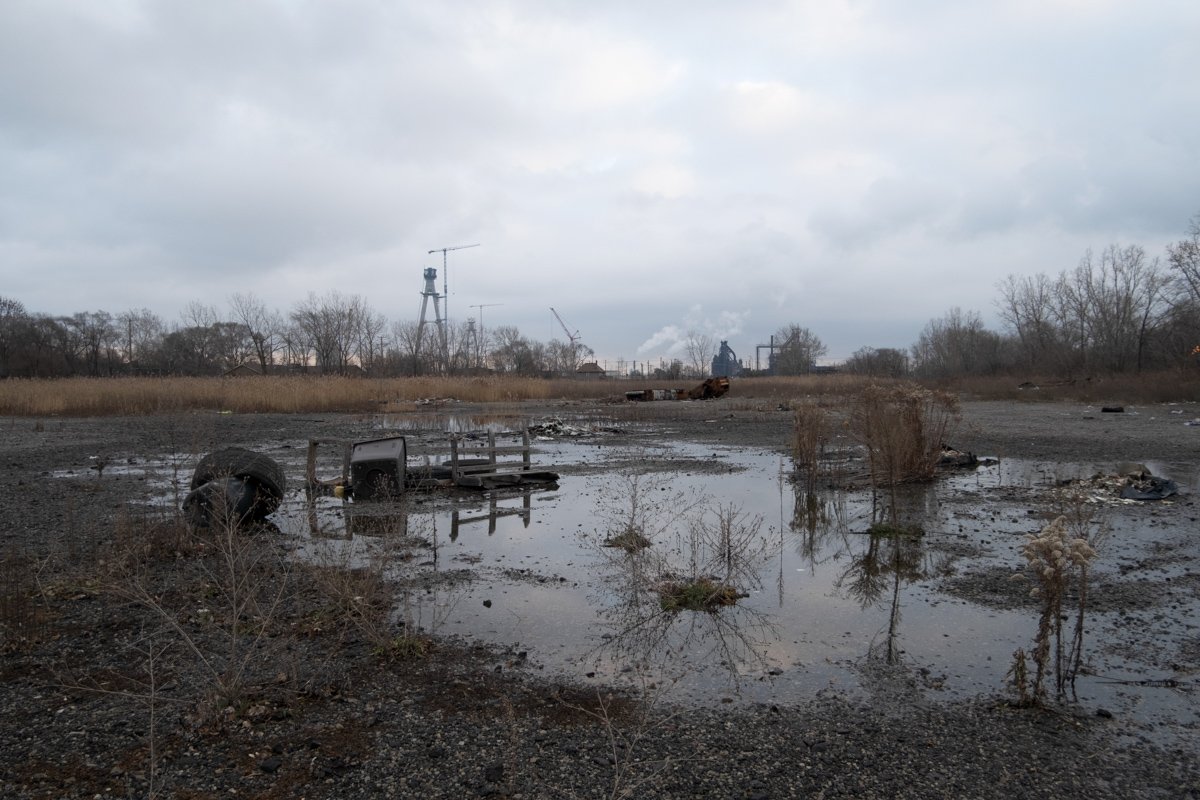
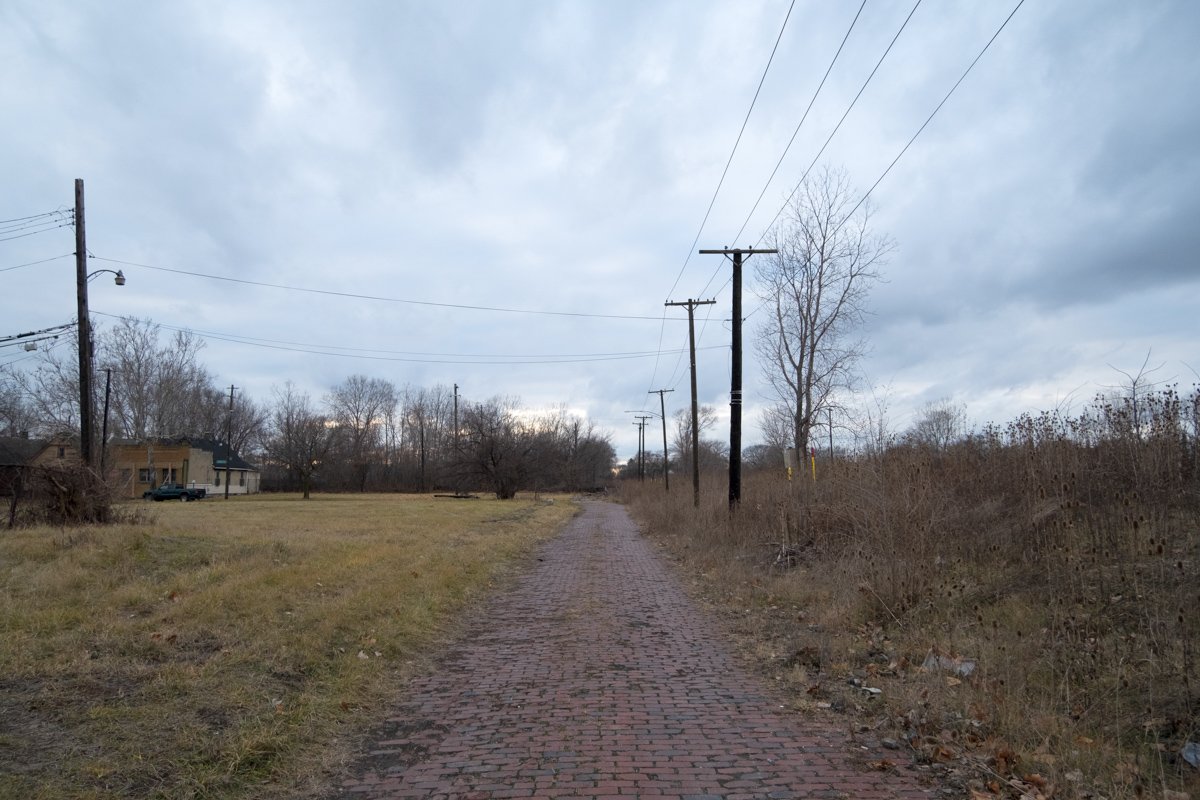
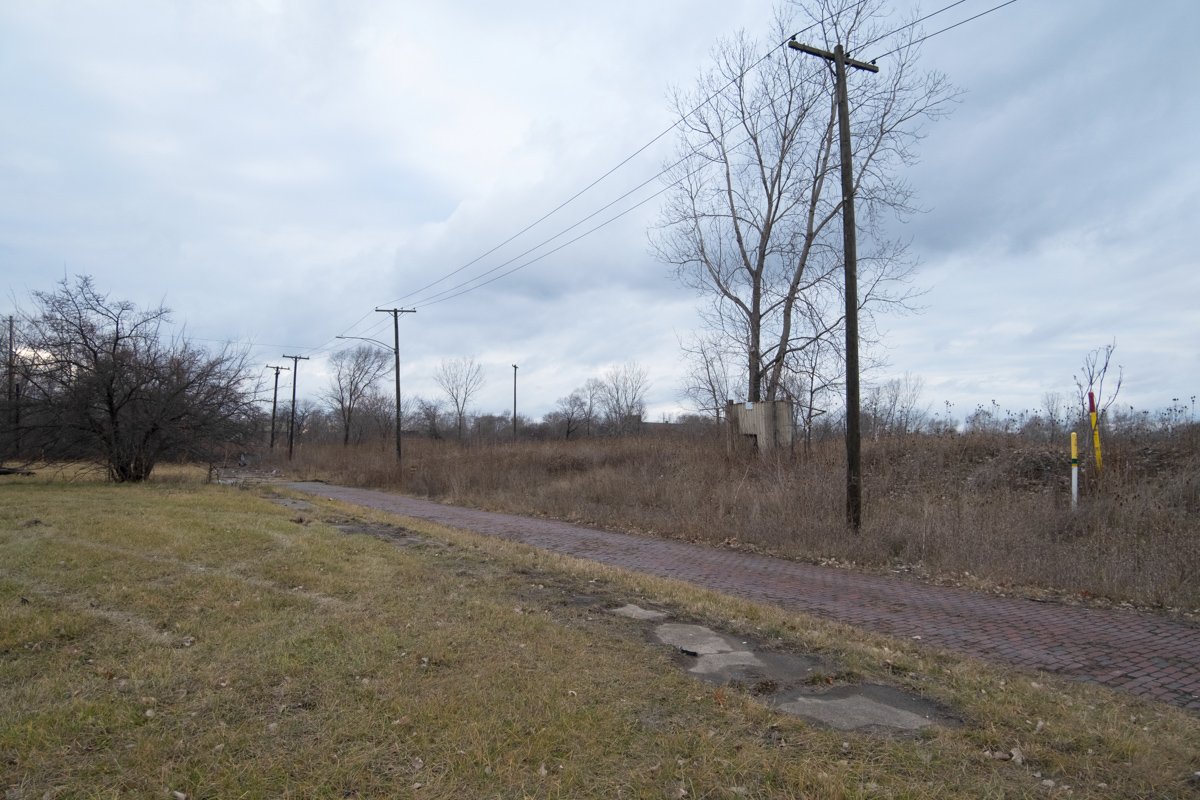
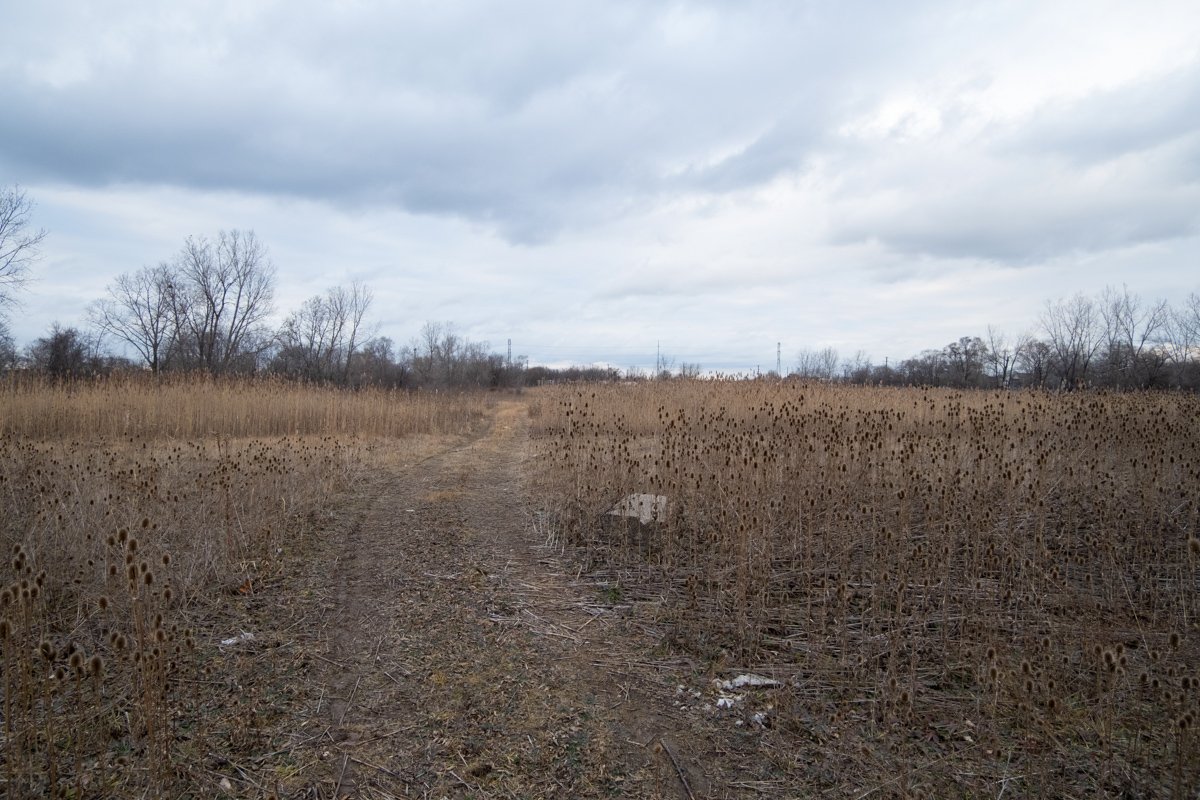


For as long as I've been taking photographs in Detroit, I've been exploring Delray. I first learned about the neighborhood in an environmental science class at school. We read how it was one of the most polluted places you could live in the Midwest due to the heavy industry that resides there. When I was younger, I knew that was wrong, but as I’ve grown and explored the neighborhood in-depth, it makes me extraordinarily sad. This story is about one plot of land in Delray—past, present, and future.
The Michigan Malleable Iron Co. was incorporated in August 1881 to manufacture iron and other metallic castings. Their original location was at the corner of Woodbridge and 20th street, which would soon expand as the business grew closer to the turn of the century. The company had a building at 2755-2765 West Jefferson that was built in 1882. One of their structures burnt down in June of 1883. This was the first fire I saw reported at a Michigan Malleable Iron Co. property and would be far from the last.
In March 1886, every company employee saw a 10% pay increase. This was a trend at the time—but even with the raise, workers were still woefully underpaid for dangerous, sometimes fatal, work.
There was another fire at a Michigan Malleable building in 1887. This fire wasn't as bad as the one a few years prior, but it illustrates how difficult working conditions were at their facilities.
In July 1898, the Michigan Malleable Iron Company was reorganized. The Detroit Free Press reported that it was to see an increase in capital stock and the construction of a new, larger plant in Delray, a village just outside the city limits of Detroit. Then-Senator James McMillan was to be one of the largest stockholders, and his son W. C. McMillan would have a large holding and serve as president. Theodore D. Buhl and the Joy Estate were also involved.
The plans called for the abandonment of their facilities closer to downtown for a move to Delray opposite the Solvay Process Co. plant. It was to have five foundries and cover five and a half acres. The old plant was still operated by steam—but the new one would modernize and use electricity. The construction of the new plant was expected to more than double their workforce. In addition to enabling the company to manufacture more castings for agricultural use and railroad specialties, it also enabled them to escape the Detroit tax structure—leaving more money in the investors' pockets. On November 21, 1898, Michigan Malleable Iron Co.'s plant at 4 Gould Avenue in Delray opened. The address would later be converted to 7740.
Around the turn of the century, there was talk of the village of Delray and a large portion of Springwells Township being annexed into Detroit. The Detroit Free Press reported that Delray had a population of more than 5,000, the village's property valuation was roughly $3,500,000, and nearly 3,000 men worked in Delray's factories.
Mr. DeLisle, then Springwells Township Supervisor, had started making local manufacturers pay their fair share of taxes. This was an unpopular decision among business leaders, as most of the companies in Delray moved to the village to escape being taxed by the city of Detroit while still having access to its workforce. A spokesman for Senator (and Michigan Malleable major stockholder) McMillan voiced that their tax rate should be lowered because they had only just arrived in Delray, employed 400-800 men, and are ensuring that their workers move to the village. Additionally, they opposed annexation because it would return them to the city they moved to escape paying taxes to. The sentiment sounds all too familiar to arguments you hear today. They lost the fight, and Delray became a part of Detroit in 1906.
In July 1911, a fire occurred at the Michigan Malleable Iron Co. Plant in Delray. A night watchman named John Sheel rang the alarm and grabbed other employees to dump water on the blaze with buckets until the fire department arrived. There were about $500 in damages.
In the 1900s and 1910s, Michigan Malleable had a company baseball team. They played teams from around the Metro-Detroit area—mostly other company teams. Then even crossed over to Windsor and Walkerville to play Canadian teams.
There were several worker strikes at 7740 Gould over the years. In 1937, there was a sit-down strike. This caused the first meeting between the company and the UAW, which would be held at the Hotel Statler in Downtown Detroit. The two-week-long strike finally ended when an agreement was struck between the two sides. The minimum wage for women would be 60 cents and 70 cents for men. That translates to roughly $12.50 and $14.50 in 2022.
In the early 1940s, there were more strikes by workers at the plant. While researching this piece, most of the sorting was to get around the constant ads in the paper hiring workers for the Delray Plant. Typically, if a company is always hiring, that means there is a high turnover rate of employees. This is a good indicator of how hard work was at Michigan Malleable and in industrial Detroit as a whole.
In February 1951, a spark from an iron core oven went up and out of a chimney and landed on the factory's roof. It caught fire, resulting in a three-alarm blaze that would injure a firefighter and cause roughly $75,000 in damages. In 2022, that's nearly $860,000.
A year later, another fire would tear through the complex. Fifty gallons of oil spilled in the foundry, which eventually caught fire, destroying "the roof and wooden partitions in the foundry," according to the Detroit Free Press.
Michigan Malleable Iron Co. would shut the doors for good at 7740 Gould around 1960. On Tuesday, August 2, 1960, there was a public auction to purchase machinery and other goods after the facility was left vacant. The Kinsey-Koploy Company held the auction.
Even after closure, Detroit Firefighters were still plagued by the property. In May 1961, after the plant had been empty for several months, there was a five-alarm fire. The demolition process had already started, and firefighters believed the blaze may have started from the sparks of a torch. Multiple firefighters were injured. One can only imagine the sight of the blaze from the homes across Crossley and Gould Streets. Many of those residing there, most likely, once worked at the plant.
After that, I'm still trying to figure out what happened to the site of Michigan Malleable. It was eventually torn down, but I'm unsure at what rate. In 1969, the Detroit Free Press did a piece on the expanding industrial presence in Delray. The report focused on the residents of Delray and their opposition to the City Planning Commission's ideas for their neighborhood. Whereas residents wanted to see investment and expansion of public services in their neighborhood, the city had other plans.
Charles Blessing, director of the City Planning Commission at the time, said, "it's not our position to get rid of industry, period. We want to enhance the city's tax base." Residents wanted to see the site of Michigan Malleable turned into housing—which Blessing said he would approve should the parcels be dismantled quickly. Dismantled could mean many things, but my interpretation of the word in this context is that there were still some remnants from the Michigan Malleable facility, or it still needed to be cleaned and abated after decades of heavy industrial use.
Another interesting aspect of the piece came from Peter Schick, the head of the Neighborhood Conservation Office. He said that "the people here [in Delray] never had much to do with downtown. Downtown is like Siberia, or the dark side of the moon." This sentiment remains true today—about Delray and countless other neighborhoods outside the few small pockets where city officials spend taxpayer money. The article also reported low crime in Delray and roughly 13,000 people living there. There was no data to back these claims up, but the numbers are interesting to look at from a historical perspective.
Members of the 'Return to Old Delray, Old Detroit' Facebook Group reported that after demolition was completed, the lot was used for parking for the Fleetwood Plant at Clark and Michigan with a shuttle service. After that, the city walled it off with shipping container shells and used it as storage, eventually becoming a place for whoever had a truck big enough to make it through to dump their trash.
For decades, the property sat there, unused. That is, until 2007, when something fishy happened to it. Robert Carmack, who owns an automotive business in southwest Detroit, says he received the deed for the property, now labeled 7751 Melville, in the mail in 2007. He had no idea why the city had sent it to him, but all the documents appeared legitimate and legal. He paid nothing for the property but said the city told him he had paid $250,000.
In 2016, Carmack, a resident of Woodhaven, sold the property for $1 million.
Carmack believed that Detroit Mayor Mike Duggan was corrupt and took bribes, so he paid someone to follow him to see what he was up to. The private investigator may or may not have caught Duggan cheating on his wife, who would file for divorce a short time later, leaving Duggan able to marry the woman he allegedly had an affair with. Carmack stated he had more dirt on Duggan and began flying plane banners around the city, muddying the mayor's name.
Sometime in the middle of all this, Wayne County charged Carmack with four felonies stemming from the sale of the property they claimed he didn't own. The case was stuck in the courts for four years until a judge threw the case out in October 2022. Carmack had an ankle tether and was under supervision for the duration of the case.
Walking across the plot of land that was once the Michigan Malleable Iron Co. feels like something out of a dystopian film. The ground is crushed limestone, asphalt, and other random rocks that are hard to place. Some wild grasses, burrs, and cat tails have sprung up. In the wet season, there are pools of water that might take five years off your life should you drink from them. In the distance, Zug Island's smokestacks and safety light remind you of the pollution entering your lungs with each breath. The new bridge to Canada rises to the left, an odd reminder of the investment occurring in, but not for, the neighborhood.
The scattered piles of garbage throughout the plot of land feel like art installations created by those too lazy to finish their work. A few cars reside on the property—most likely stolen from elsewhere and fileted like fish for their valuables. All four were torched and have been sitting here since at least 2016.
On this visit, water was slowly trickling onto the property from a nearby water main brake. An aluminum pipe has been laid to complete the job—so I imagine it isn't a temporary fix. Water is spilling out of the pipe, through a piece of fabric to stop erosion, cascading slowly through a few pools and into the abyss of cattails. I can't imagine the ground here was ever abated of the toxins left behind during the Michigan Malleable Iron Co. days, so the water is getting contaminated and going back into the water supply.
It's hard to fathom anything ever being built here again. But, as Robert Carmack is well aware, the property is a hot commodity. Even though we now know, as I learned in school, that the people in Delray are getting sick at a higher rate than those in other areas of Michigan due to the heavy manufacturing surrounding it, we continue to build dirty industry here. There's still a rail line parallel to the plot—making the property even more amenable to becoming an industrial complex. Norfolk Southern owns the line, which turns into the Delray Connecting Railroad Company when it passes Jefferson and splits into two lines, one towards the new bridge and the other onto Zug Island.
Usually, I have something positive to say about historic buildings in Detroit. I've photographed this location dozens of times over the years and am always left with the same melancholy feeling in the pit of my stomach afterward. In Detroit, it's tax-base over tax-payer. Delray is a better indication of that than anywhere else I've ever been.
